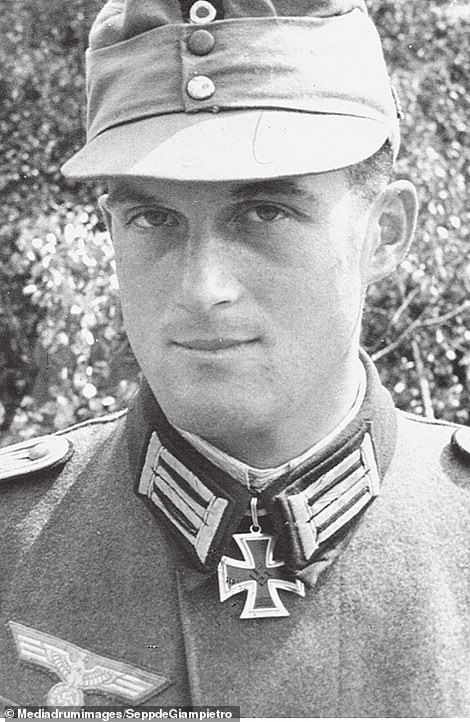
Siegfried Grabert
Two sketches of the bridge over the Louga River in
Porechye [above] and one of the nearby Ivanovskoye Dam [below], objectives
assigned to 8. Kompanie de Grabert on July 14, 1941.
On July 13, 1941, the 8. Kompanie of the Lehr-Regiment
“Brandenburg” z. b. V. 800, commanded by the Oberleutnant der Reserve
Siegfried Grabert, one of the most charismatic figures of the regiment (an
officer who was covered with glory by seizing the locks of Nieuwpoort in May
1940 and the Yugoslavian Vardar bridge near Axiopolis in April 1941), receives
the order of XXXXI. Armee-Korps to put itself at the disposal of the
Kampfgruppe “Raus” of the 6. Panzer-Division.
LEADING WITH A BA-10
The mission of Grabert and his commandos (his assistant
Leutnant Renner, 5 non-commissioned officers and 45 soldiers) is to seize, in advance
of the tanks of the Oberst Erhard Raus battle group, the bridge at Porechye,
located on the Louga River, about fifteen kilometers southeast of Kingisepp and
considered to be the “Gate to Leningrad”. Whomever controls it puts
himself in good position for advancing to the city of Peter the Great. The
nearby Ivanovskoye Dam must be taken also, because – just like the Belgian
locks of Nieuport – its destruction by the Soviets could flood the entire
sector and stop the advance armored vehicles of XXXXI. Armee-Korps.
To open the road to Raus’s Panzers, Grabert uses a captured
Soviet armored car of BA-10 crewed by three of his Russian-speaking
“Brandenburgers” dressed like Soviet soldiers. On the evening of the
13th, one of the crew members was mortally wounded in the throat by the Red
Army stragglers, who mistook them for Germans.
The next day, July 14, Grabert entrusts the Leutnant Karl
Renner the care to take away the Porechye Bridge. Renner “borrows”
the Soviet armored car and with a following truck ZIS filled with commandos
having donned the Red Army uniforms. This group arrives on the objective
shortly before 11 am, the “Brandenburgers” exits the vehicles and kills
the bridge sentries, before cutting the wires connected to the explosives
attached to the pillars of the structure. Shots from defensive bunkers were
thwarted by smoke, that allow attackers to get close enough to throw hand
grenades into the embrasures.
In a few minutes, the resistance of the 6th company of the
51st regiment of the 2nd division of the NKVD is silenced. That’s when Grabert
appears with the rest of his company mounted on the Panzers. The Brandenburgers
then ran at full speed towards the Ivanovskoye dam and took control without
difficulty. And it’s not over! Learning from the interview of a prisoner that
an aerodrome of VVS is found less than 20 km north, Grabert takes the lead a
platoon of five Panzer 35 (t) from the Panzer Regiment 11 from the Kampfgruppe
“Raus” and race towards the airfield arriving around 4 pm, putting
the Soviet garrison in rout. A bridge, a dam and an airfield at the price of a
single injured soldier, this was the exceptional record of the 8. Kompanie that
day!